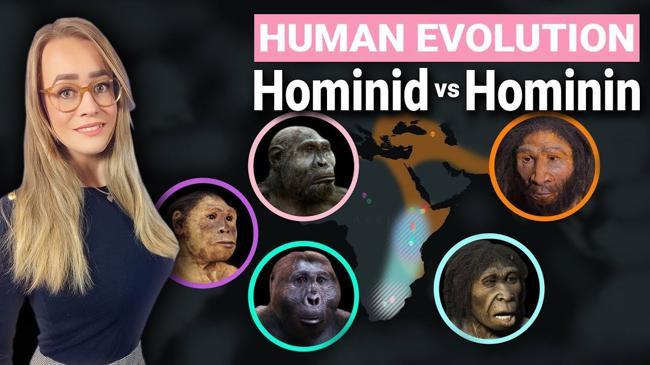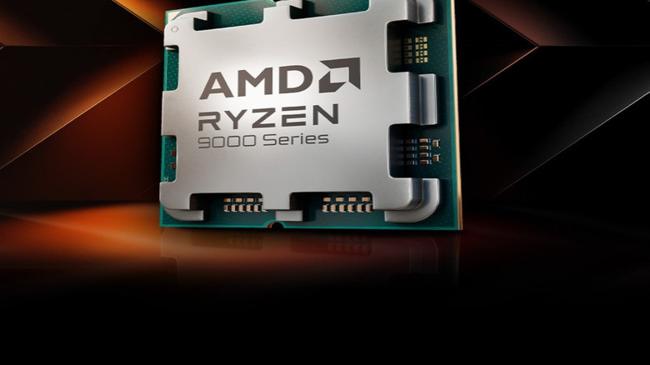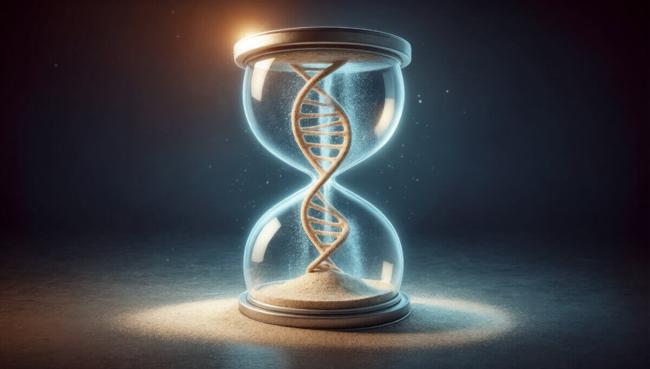Summary
In this video, I explain the difference between Hominids and Hominins, including the timeline of when hominins split from hominids and the significance of this distinction. The content covers the evolutionary timeline from these great apes to modern humans.
Source: History with Kayleigh on MSN.com

AI News Q&A (Free Content)
Q1: What is the primary distinction between hominids and hominins in evolutionary biology?
A1: Hominids refer to the taxonomic family that includes all great apes and their ancestors, such as chimpanzees, gorillas, orangutans, and humans. Hominins, however, are a more specific tribe within the hominids, consisting of modern humans and their direct ancestors, including members of the genera Homo, Australopithecus, Paranthropus, and Ardipithecus.
Q2: How did the evolutionary timeline split between hominids and hominins?
A2: The evolutionary timeline indicates that hominins diverged from the Gorillini tribe between 8 and 9 million years ago, with the Australopithecine subtribe, which includes the ancestors of humans, separating from the Pan genus (chimpanzees and bonobos) about 4 to 7 million years ago.
Q3: What are some key evolutionary traits that developed in hominins which distinguish them from other hominids?
A3: Key evolutionary traits that distinguish hominins include bipedalism, larger and more complex brain sizes, and the development of complex language and tool use. These adaptations facilitated hominins' survival and evolution into modern humans.
Q4: Why is the study of hominid and hominin evolution significant in understanding human health?
A4: Studying hominid and hominin evolution helps us understand the genetic and biological foundations of modern human health. It provides insights into the development of physical traits and diseases, and how environmental changes and lifestyle adaptations have impacted human biology over time.
Q5: What does recent research suggest about the factors influencing brain size increase in hominids?
A5: Recent research suggests that factors such as endurance running, dietary changes, and environmental pressures may have contributed to the exponential growth in brain size among hominids. The dynamics of this growth were unique and rapid compared to other evolutionary changes.
Q6: How does modern classification distinguish between great apes and human lineage in terms of hominids and hominins?
A6: Modern classification places all great apes, including humans, in the hominid family. However, humans and their direct ancestors are classified under the hominin tribe. This distinction helps in understanding the evolutionary pathways and relationships among different species within the human lineage.
Q7: What are some of the challenges faced by researchers when classifying ancient hominid species?
A7: Researchers face challenges such as incomplete fossil records, overlapping characteristics among species, and the complex weblike nature of human evolution. These factors complicate the classification and understanding of the exact evolutionary relationships among ancient hominid species.
References:
- Hominid vs Hominin: Difference.Wiki
- Human evolution: Wikipedia
- Hominid and Hominin: What's the Difference?: Australian Museum
- Lack of water and endurance running could have caused the exponential growth in human brain: Point of no return model
- Konrad R. Fialkowski
- Hominid evolution: genetics versus memetics
- Brandon Carter





